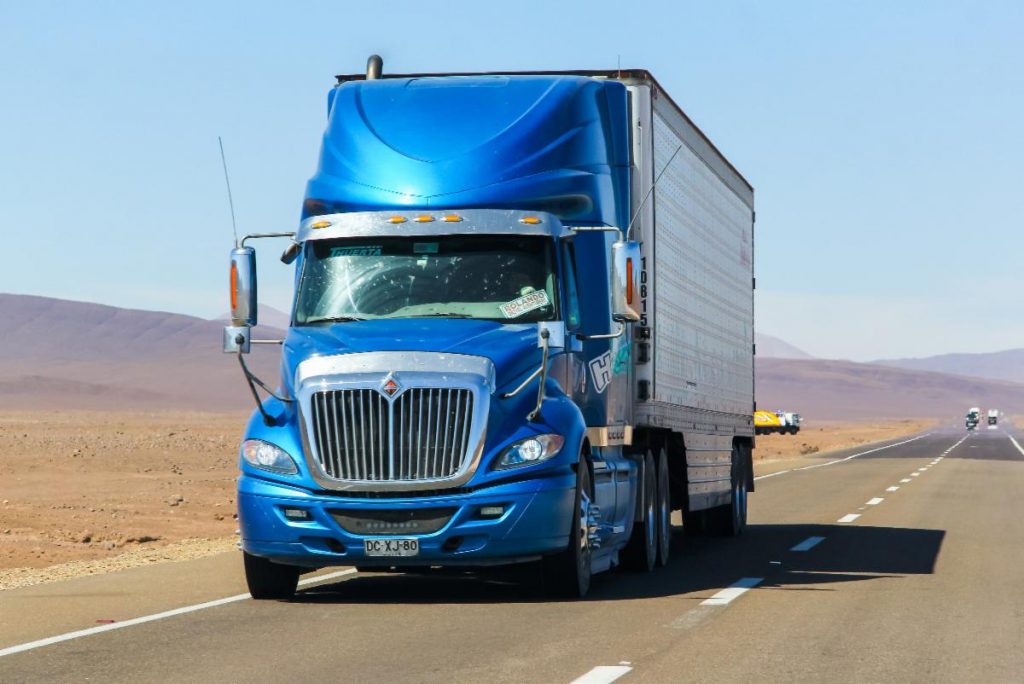Taylor & Associates’ Kristen M.J. Johnson and John L. Marchione address critical liability issues in The Transportation Lawyer Journal
 Disputes over liability on cargo damage often come down to whether the motor carrier and shipper agreed to limit liability before shipment. Dive into a deep discussion with Taylor & Associates’ litigators Kristen M.J. Johnson and John L. Marchione in the Transportation Law Association’s October journal.
Disputes over liability on cargo damage often come down to whether the motor carrier and shipper agreed to limit liability before shipment. Dive into a deep discussion with Taylor & Associates’ litigators Kristen M.J. Johnson and John L. Marchione in the Transportation Law Association’s October journal.
As is often the case, the law is often years behind business. The question we tackle is how to ensure a limitation of liability provision or selection by a shipper is enforceable in all circumstances—even where a motor carrier does not follow the literal language of the law by “issuing a receipt of bill of lading prior to moving a shipment.”
The article touches on challenges in unmanned port pickups, electronic documentation, and dueling bills of lading.
Importantly for motor carriers, the courts generally interpret the Carmack Amendment using a four-part test for limitation of liability. Failure to meet any of these parts (with the exception of the now obsolete ICC tariff requirement) can result in a failure to limit liability. This test was popularized by the Seventh Circuit in 1986 in Hughes v. United Van Lines, Inc. and requires that to successfully limit its liability under the Carmack Amendment, a carrier must:
maintain a tariff within the prescribed guidelines of the ICC(now obsolete),- obtain the shipper’s written agreement as to its choice of liability,
- give the shipper a reasonable opportunity to choose between two or more levels of liability, and
- issue a receipt or a bill of lading prior to moving the shipment.
This last part has on occasion caused some trouble for motor carriers who are given pickup instructions but do not “issue” a bill of lading or receipt prior to picking up cargo. How are the courts interpreting this rule, and have there been any exceptions? A bill of lading or receipt is usually issued at the same time the freight is being moved, providing less opportunity for the shipper to consider its options for liability limits. There are also times where a broker or shipper requires use of its bill of lading, thus not allowing the carrier the opportunity to incorporate the limitation of liability because it is not the drafter. In addition, a carrier is oftentimes directed to retrieve a shipment at a neutral site, where no representative of the shipper or consignor is present to be handed or “issued” a receipt or bill of lading.
There have been multiple cases that have followed Hughes in which the courts have determined that the lack of a bill of lading or receipt at the time the goods are retrieved by the carrier does not stop the carrier from limiting its liability. These are instances where the parties reach the agreement to limit liability while negotiating the terms of the shipment—far in advance of actual pickup. In addition, when there is a well-established relationship between a carrier and shipper over time wherein the same terms are consistently accepted by the shipper, the shipper cannot claim it had no choice of liability based on lack of receipt of a bill of lading prior to the time of a singular shipment.
The plain language of the Carmack Amendment requires nothing more than a valid written contract between the parties establishing an agreement to limit liability. Ideally, to avoid unnecessary disputes, a carrier should ensure that all parts of the test are met – that the carrier obtained the shipper’s written agreement of its choice of liability, offered the shipper a reasonable opportunity to choose between two or more levels of liability, and issued a receipt or bill of lading prior to shipment. If the practicality of the business prevents the use of a bill of lading prior to shipment, best practice dictates that the agreement to limit liability should be reached in advance of the shipment, with clear terms agreed in writing. Such practice should withstand the rigorous requirements of the Carmack Amendment and scrutiny of the courts.
Read the entire article here.
